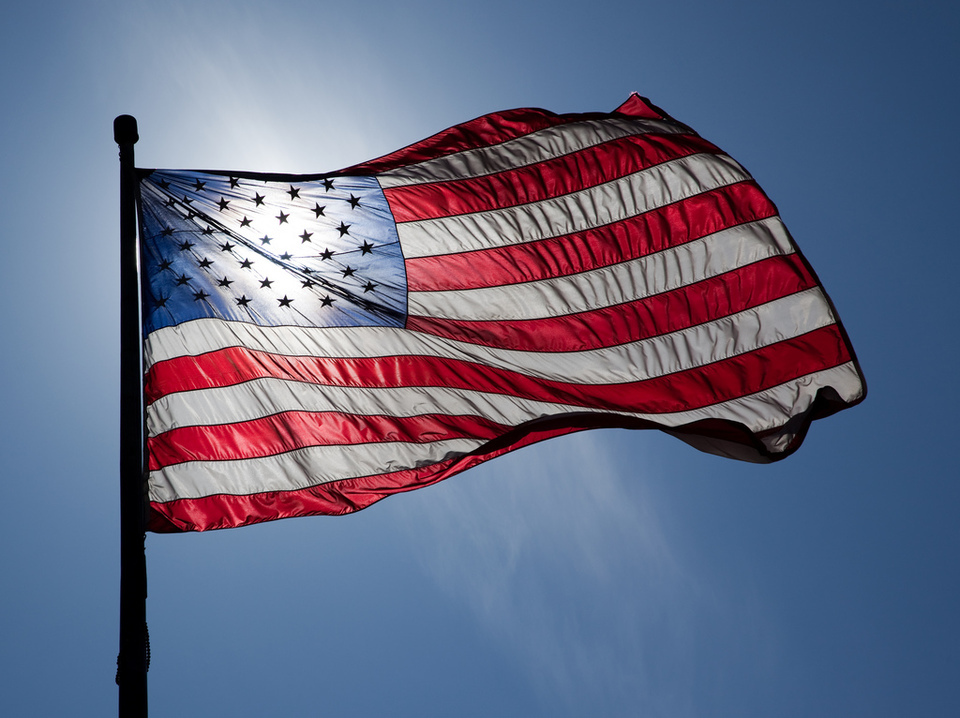
The ACA is the first major reform in U.S. healthcare in almost 50 years, and it has met with vitriolic opposition from Americans. One of the most common arguments against the ACA is that it’s similar to the Canadian-style single-payer healthcare system (and, of course, that the Canadian system is inferior to the traditional American system). How apt is the comparison? Even from an American’s perspective, when you examine the facts, not very apt at all.
In actuality, even after the reforms of the Affordable Care Act are all in effect, the American healthcare system could take a few lessons from that of its neighbour to the north. Consider these major differences between the two systems.
In Canada, if you are a legal resident, you have a right to healthcare and are automatically enrolled in a provincial or territorial health plan — period. The ACA, however, does not establish a right to healthcare in the United States, nor does it automatically cover anyone. The ACA maintains the American idea that healthcare access is something you pay for. It simply makes the process easier for more people by providing more lower-cost options and giving very poor people programs to help them cover the costs.
The bottom line? Only about half of the more than 40 million uninsured Americans will be impacted by the ACA. This means that the U.S. system will still leave a tremendous gap for Americans. It will also continue to place much of the financial burden on individual people. Sadly, shouldering this burden is disproportionately the plight of the working poor.
More than 75% of the uninsured population in America lives in working families, and almost 40% are classified as “poor,” with incomes less than the federal poverty level of $22,350 for a family of four as of 2012. In 2013, researchers found that unpaid medical bills were the biggest cause of bankruptcy in the U.S. Clearly, true universal coverage has some major benefits.
Canada has a single-payer system. This means that only one entity, in this case the Canadian government, pays healthcare costs and controls the Canadian healthcare system. However, the system is not government-owned. Canadian doctors operate privately and healthcare facilities are privately operated. Both, however, are paid for through taxes—for the most part.
In contrast, the ACA is not a single-payer system, despite the misconceptions of many Americans. And, interestingly, while some Canadian critics argue that the American system represents “two-tiered” medicine, the U.S. actually has a multi-tiered system that the ACA keeps intact. In fact, the ACA simply introduces healthcare “exchanges” for uninsured Americans, adding another tier of care.
Individual Americans still pay for many of their costs in one way or another, although there are some subsidies based on income level. Most Americans will continue to receive healthcare through their employer, as around 50 million continue to access the federal Medicare program and 60 million of the poorest Americans receive Medicaid through the states.
A system that truly is single-payer does have some advantages. For example, prescription drugs are much more affordable in Canada. This is because the government buys them in bulk—another lesson that the U.S. should learn from the Canadian experience.

In Canada’s system, the same coverage extends to all Canadians, regardless of which province or territory they live in. The level of care, nature of services, and wait times for care are the same for all Canadians. From birth to death, each Canadian citizen’s fundamental healthcare is guaranteed and available without out-of-pocket costs.
In contrast, under the ACA, insurance coverage for Americans varies considerably state by state. In fact, only about half of the states have adopted the new Medicaid program under the ACA. Care also depends on the level of coverage you purchase—both level of care and wait times. American citizens will incur out-of-pocket costs even under the ACA, and even with the highest level of coverage.
In practice, the two systems function differently. Chronic conditions like cancer and diabetes are automatically covered under Canada’s healthcare system. However, they are treated with a planned triage approach. Contrary to popular American belief, those who require urgent surgeries, for example, get them when they need them. Surgeries that are less urgent are still provided, but there are sometimes wait times — just as there are with American HMOs and Medicare providers. This is standard triage practice, but in the end, patients do get the treatment they need.
Before the ACA, an American with a chronic condition would have been considered uninsurable. The ACA ensures that those with chronic conditions cannot be denied coverage. This does not mean, however, that all costs will be covered. Coverage under the ACA is partial and requires some payments from the insured. Because the ACA has just begun to be implemented, it isn’t clear how wait times, for example, will be impacted.
While many Americans believe that the Canadian system leads only to untenable wait times, the reality doesn’t bear that suspicion out. Although wait times are a problem that the Canadian government is working to address, the issue of wait times impacts not care such as urgent surgeries, but less urgent matters.
For U.S. citizens, even under the ACA, access to healthcare depends on what you can afford, not your needs. The cost of premiums is determined by age, health, income, and the level of coverage you purchase. In other words, wait times don’t even come into play if you can’t access coverage at all. At least 20 million Americans will still find themselves in this position even once the ACA is fully implemented.
Another common misconception Americans have about Canadian healthcare is that it is far more expensive than traditional American healthcare. In fact, the opposite is true. At the time of the passing of the Affordable Care Act, the Unites States spent more on healthcare than any other country in the world: nearly 18 per cent of GDP, or $3 trillion annually. However, at the same time, the World Health Organization ranked the healthcare in 36 countries worldwide higher than that of the United States — including that of Canada. Many of the countries outranking the United States are not “developed” or “first-world” countries, leading to serious questions about the quality of the traditional American system.
Unfortunately, the ACA does not solve problems of cost control, and although it was passed in part to address the out-of-control spending on American healthcare, there are few provisions in the Act that speak to spending control. The ACA does provide for the review of Medicare reimbursements, and there are provisions in the law that reward efficient care providers. However, there is nothing in the law to cope with the overall problems with healthcare administration, delivery, financing, multiple providers and plans, and the tactics of defensive medicine.
In contrast, while Canada does spend a fair amount on healthcare, there are also provisions within the system that allow spending to be controlled somewhat by the provinces, such as monopoly fee negotiations between the government and healthcare providers, and global budgets for hospitals. The Canadian system also lets each province control whether or not they cover “supplementary” benefits such as dental and prescription drug coverage. Approximately two-thirds of Canadian citizens use private insurance that they or their employer pay for in order to cover these services. This means that up to 30% of healthcare spending comes from private sources — more of a compromise than most Americans imagine, and a way to control costs built into the system.
The shift from the traditional American healthcare system to the ACA system is not so dramatic as critics would have you believe. It is also far less Canadian. The simple fact is that despite the Affordable Care Act, the Canadian and American healthcare systems remain more different than similar, and the Canadian system is simply more efficient than even the reformed version of the American system. In terms of cost control and access in particular, the U.S. healthcare system will continue to be eclipsed by its Canadian cousin — whether American citizens choose to view the facts or not.
Some points from Andre Picard of the Globe and Mail which you may find interesting. https://www.theglobeandmail.com/life/health-and-fitness/health/while-americans-rage-over-health-care-canadians-remain-complacent/article14699677/#dashboard/follows/
“…. Canada’s medicare system provides first-dollar coverage (meaning it covers 100 per cent) of all hospital and physician services. Other health services such as prescription drugs, home care, physiotherapy and dental care are covered to varying degrees by public plans; about two-thirds of Canadians (22 million) have private health insurance to cover these supplementary costs, which, for the most part, is covered by employers. Those legislated distinctions are decades old and out-of-date, yet we have no Obamacare-like shake-up in the works.
In the U.S., there are large publicly funded insurance plans, for 48 million seniors and people with disabilities (Medicare) and 62 million people on social assistance (Medicaid) and they offer more extensive coverage than most Canadian public plans.”
I have two. The cost is way to high and it doesn’t cover everyone. Those not covered go to the ER – very inefficient
Thanks what’s your biggest beef with US health care system
Good article. I’ve always said that I would take the Canadian or English healthcare systems over ours in a heartbeat.